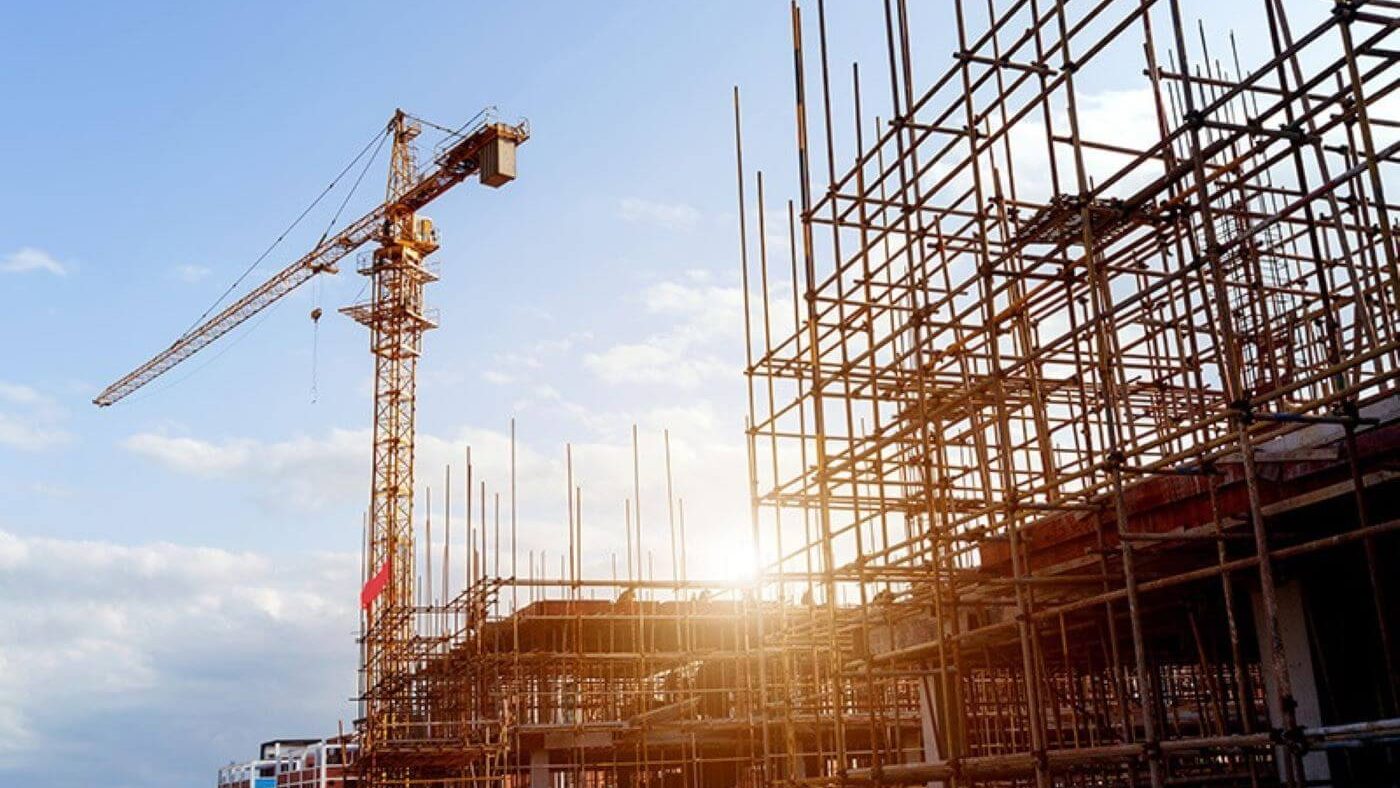When the public sees construction on a property, they see the flurry of activity of workers and materials coming together to build a structure. What they don’t see is the huge amount of data and communication coordinating, documenting, and paying workers for all these activities. Construction projects generate and contain a high number of documents. These include:
- Contract Documents (contracts, drawings, specifications), and
- Construction Documents (invoices, notices, pay requisitions, submittals, waivers, change orders, etc.)
Experienced construction managers know that if they want to handle a project well through closeout, it’s very important to manage documentation, make backup documents and keep them all organized for reference during and after construction.
When it comes to Contractors getting paid, there are specific documents required for the payment process, that involve the collaboration of several departments (field personnel, subcontractors, accounting, etc.). The Schedule Of Values (SOV) is one of the most important documents in this process. The SOV encompasses the complete scope of work of the project broken down by specific work items, divided mostly by the CSI code with its corresponding dollar values to cover the entire contract price. Ultimately, the SOV is included in the contractor’s Pay Application form which includes the total work completed and what is pending to bill. A frequent quote project managers tell their team is:
“Contractor’s don’t get paid for the work they complete. Contractors get paid for the work they document.”
In this article we will discuss key steps in setting up a pay application with the SOV. What documents are usually required to submit a payment application, as well as some common mistakes and pitfalls that can be avoided to get paid on time, and other pertinent information when it comes to different forms.
Schedule of Values
The Schedule of Values (SOV) is a document prepared by the Contractor and its Subcontractors to itemize the costs of each work item on a construction project. For most projects that is put together by the project manager and/or cost estimator. According to the standardized contract documents from the American Institute of Architects (AIA), “The schedule of values shall allocate the entire contract sum among the various portions of the work.”
Depending on the complexity of the Project, the Schedule of Values could be divided into line items using either Construction Specification Institute’s (CSI) UniFormat or MasterFormat Classification system.
- The UniFormat is mostly used on projects involving a single structure, lower construction cost, or shorter durations.
- The MasterFormat is typically used on major projects involving multiple structures, higher construction costs and longer durations.
The schedule of values complements the construction progress schedule and shows that the contractor understands the contract requirements of the project.
A properly proportioned SOV eases the payment process and allows time for the contractor and the Architect/Engineer to focus on construction activities. An improperly proportioned schedule of value, including inflated amounts for early work items, also called “front-end loading” can result in overpayment for early work, insufficient funds for remaining uncompleted work and can affect surety coverage and liability for uncompleted work. The contractor can sometimes spot SOV issues through Job Cost Reports and WIP Schedules.
Construction Payment Application
The payment application is a document that the contractor prepares and sends to the construction management team to get paid for work. It must be prepared in the format stipulated within the Contract documents; in case that a contract doesn’t stipulate a format, the Contractor may use payment forms provided by Professional Associations and/or a Project Management software. The Payment application is then reviewed by the Architect/Engineer of Record and approved by the project owner (or the owner’s representative).
There are three common forms used for payment application:
- AIA Document G702-1992
- The US Army Corps of Engineers (USACE) Pay app
- Local Municipality Pay App (FIMD Payment Certificate Summary)
All pay apps must include the Contract Accounting Summary that includes the Original Contract Sum, total of change orders, total completed and stored to date, retainage amount and balance to finish. In each pay application the contractor certifies that the work covered by the application conforms with the requirements of the contract documents and that all the previous amounts paid to the contractor have been properly applied to discharge the contractor’s obligations to others furnishing materials and labor on the project.
The most common form used for payment applications is the AIA form that contains AIA G702 & G703 Form. If this cover page is not properly signed and notarized, the document is not valid for payment.
It is important to know if the contract allows to request payment for materials properly stored and invoiced. If it is approved by the Owner, then the stored materials may also be identified in the pay application including second supporting documents showing the flow of materials into and out of storage. The additional backup information may include the quantity, description and cost of stored materials, invoices, and photos of the material, if requested. Although all contractors can create their own Back-up sheet for stored material, the Construction Specifications Institute (CSI) provides form 2.5A, Stored Material Summary that may be used in each project.
Documentation to send with Payment Application
The pay application is the method used for the contractors to get paid for the work they document each month. Some of the documents required to be submitted along with the payment application form are as follows, but not limited to:
- A schedule of values: The schedule of values, or SOV, is a list of every work item on a construction job, along with each item’s cost.
- Updated Schedule: an update of the schedule showing the actual work completed and 3 weeks look ahead of the project.
- Change orders: A change order is a written agreement between the owner or architect and the contractor that changes the contract amount, work requirements, and/or schedule.
- Conditional lien waivers: A lien waiver is a document that waives the signing party’s right to file a mechanics lien.
- Invoices from suppliers or vendors: If the suppliers or vendors have provided materials during the current pay period, but the contractor has not paid them yet, include their invoices and photos of the material.
- Receipts: If the contractor have purchased materials and already paid the invoices, include the receipts of such material.
- Visual documentation: This includes photos, drawings, diagrams, or other visual proof of the work you finished or materials that are being currently stored.
Failure to include the backup documentation listed above, submitting inaccurate documentation, failure to notarize the pay application properly or failing to submit pay app in a timely manner and not following up with the owner can inhibit getting paid on time during the life-cycle of the project.
In summary, the Schedule of Values (SOV) is prepared at the beginning of the project by the Contractor and is part of the Pay Application form that should be submitted on a monthly basis. The schedule of value percentage reflected in the Pay application form for each item should reflect the actual progress percentage of the Overall Project Schedule. The payment application must be submitted in accordance with the contract requirements including the proper backup information to avoid delays for the payment.
To learn more about VERTEX’s Construction Consulting services or to speak with a Construction Expert, call 888.298.5162 or submit an inquiry.




